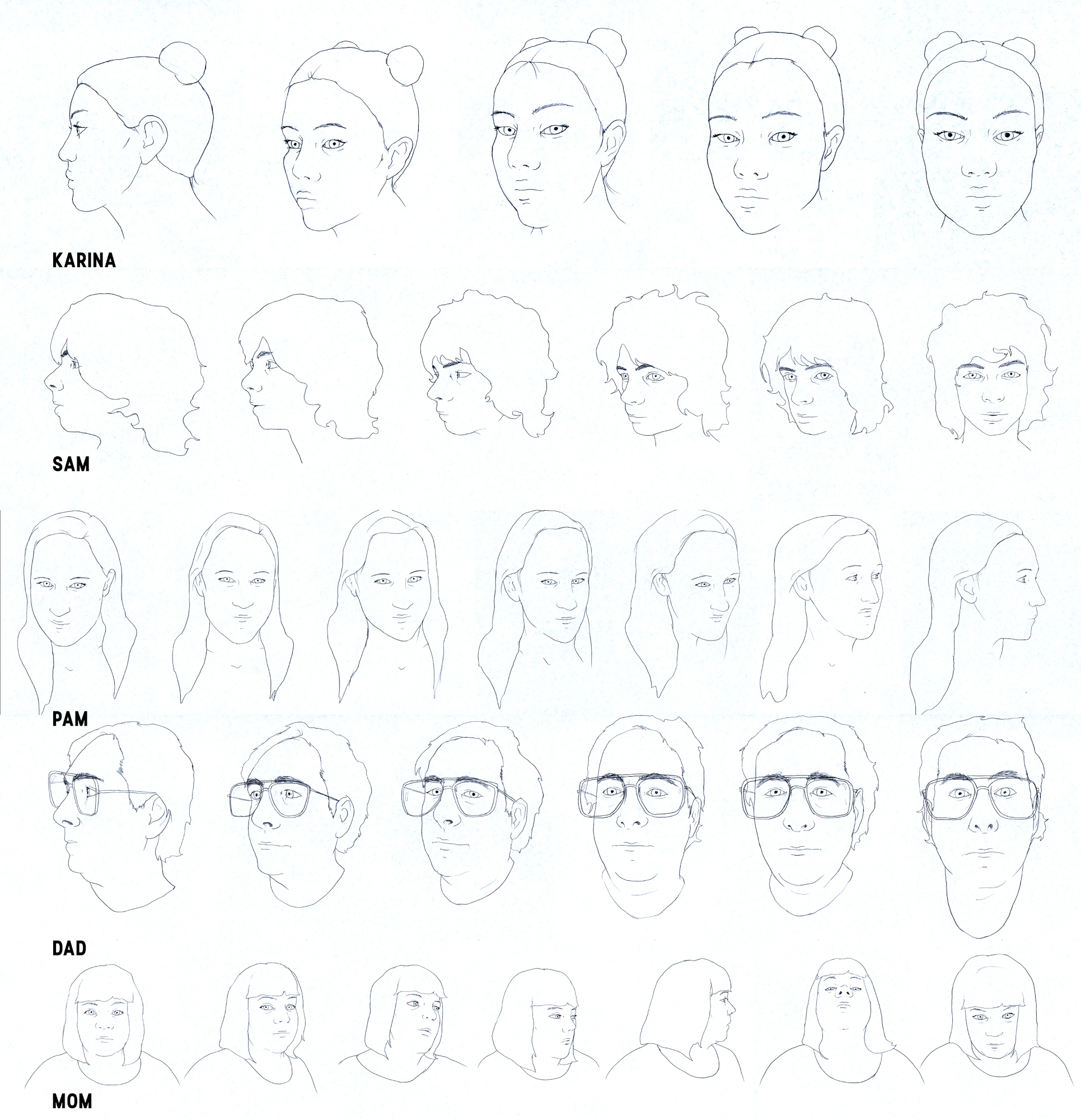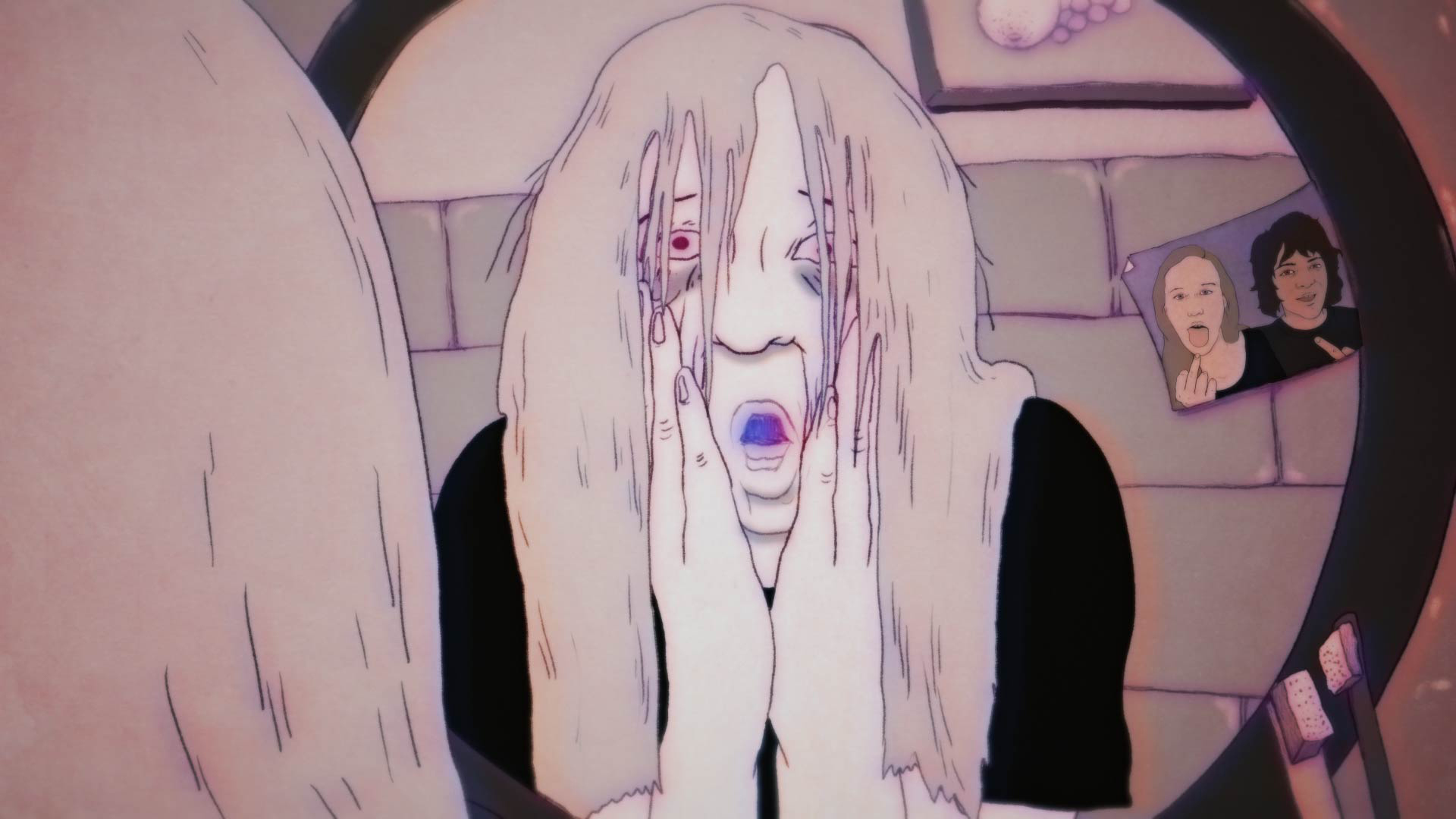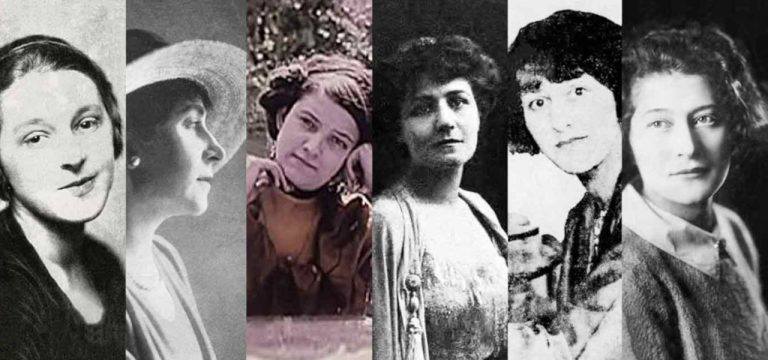João Gonzalez, director
Lachlan Pendragon, director
Ice Merchants
Oscars voting kicked off yesterday, and to mark the occasion we caught up with the filmmakers of this year’s five animated short nominees: Ice Merchants; The Boy, the Mole, the Fox, and the Horse; The Flying Sailor; An Ostrich Told Me The World Is Fake And I Think I Believe It; and My Year of Dicks.

Sara Gunnarsdóttir: For the past ten years, I’ve done a lot of animation within live-action filmmaking (The Diary of a Teenage Girl, The Cases Against Adnan Syed). There, I developed this way of working where I tend to shoot reference footage of myself and my husband (Ethan Clarke) for characters. I found this to be a good way to tackle character design that represents real people or actors that we are also seeing photographically. What I love about this approach is that in those moments where you break away from the references and allow the animation to take flight, the impact of that poetry really hits home. As I read the script and saw how Pam [Ribon] had attached a different movie genre to each chapter I immediately thought of some of my favorite animation artists and friends who would lend a great animation style to each one. There were eight of us animating the film.
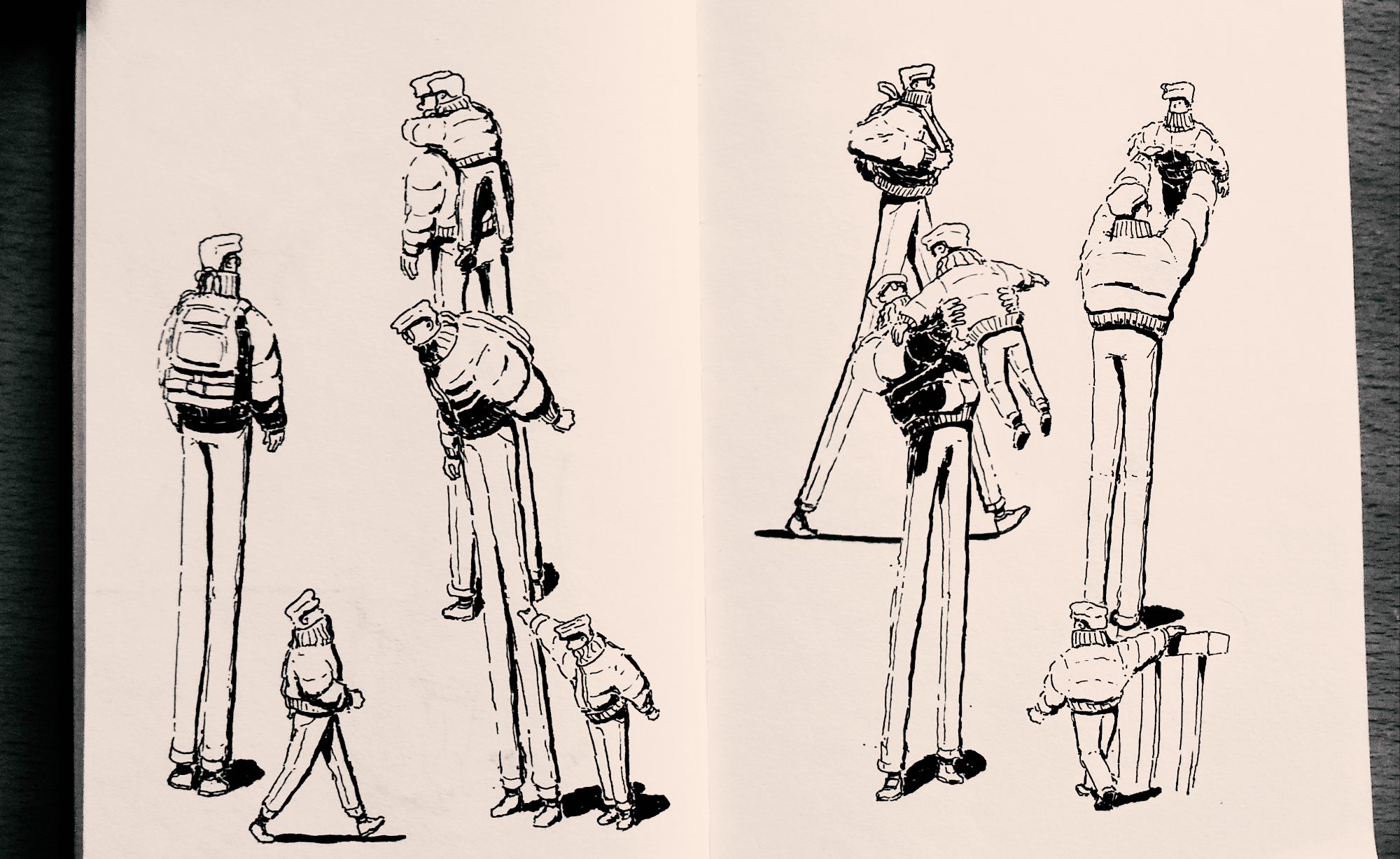
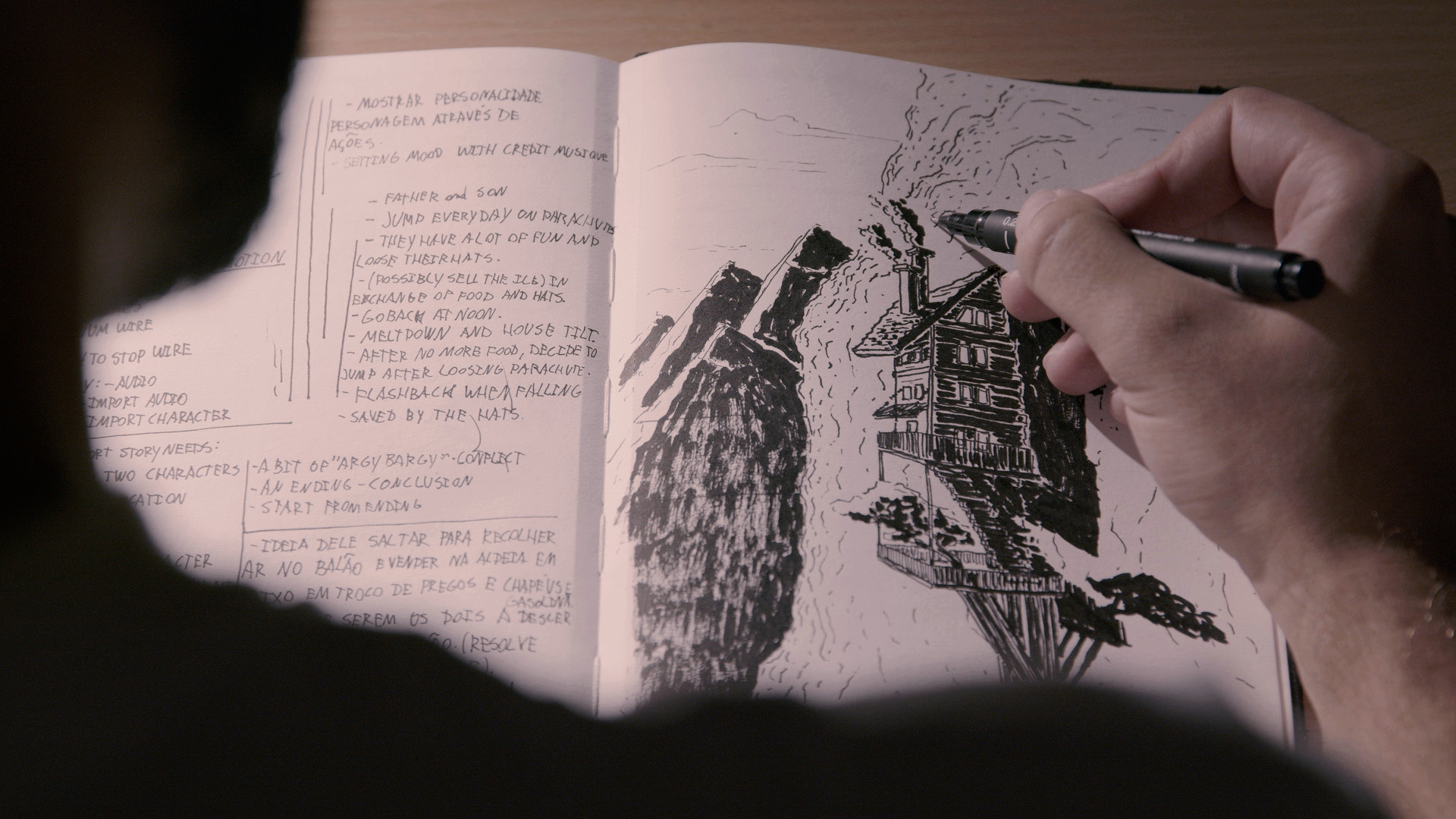
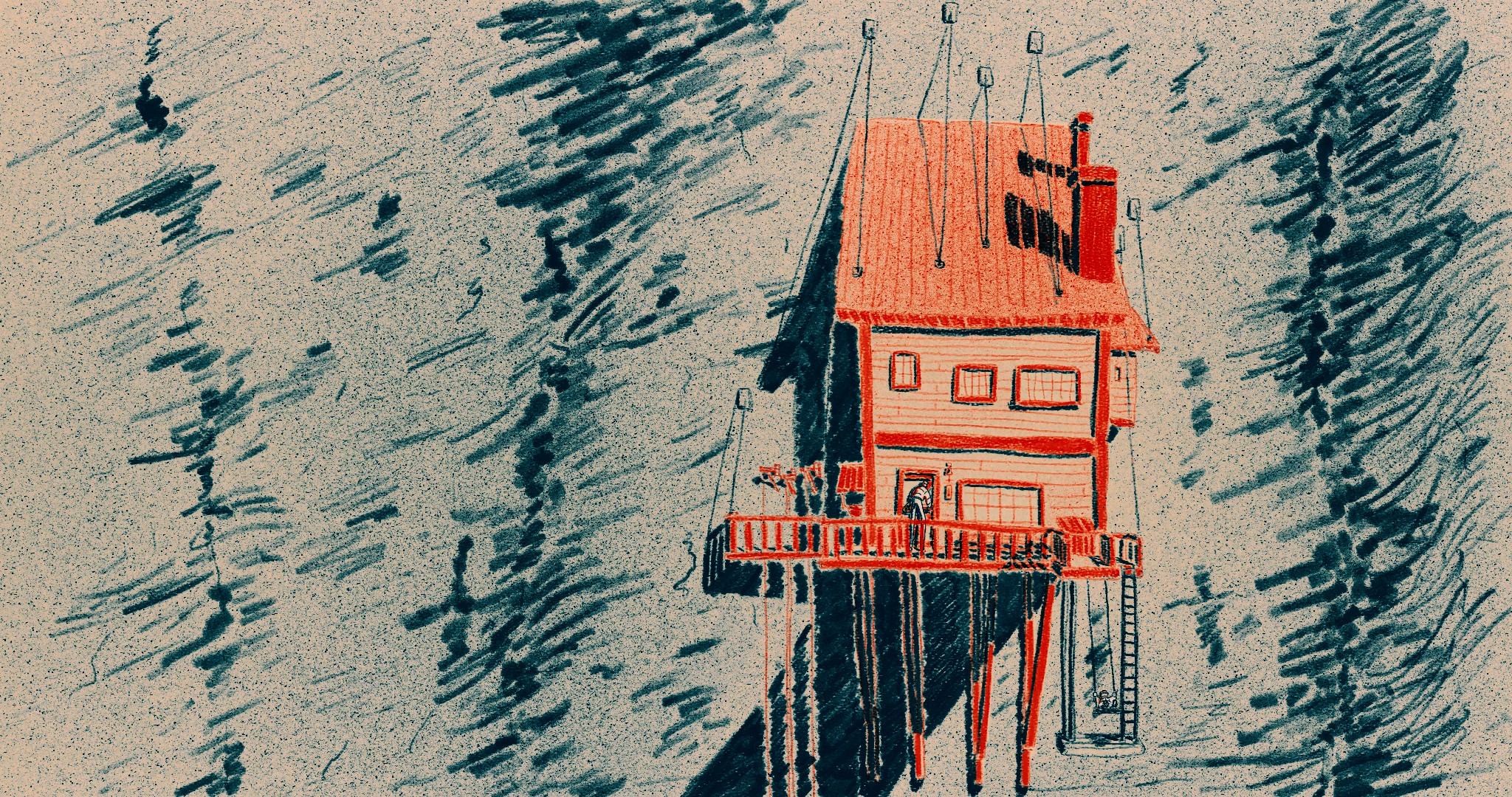
The Boy, the Mole, the Fox, and the Horse
Charlie Mackesy and Peter Baynton, directors
Lachlan Pendragon: I think in animation the visual style can really help elevate or play into the story you’re telling. For my film, the narrative pokes fun at its artifice and deconstructs the processes of stop-motion animation. This meant that my visual style could really emphasize the handmade qualities and tactile sensibilities and use these to influence the narrative in a humorous way, like a puppet’s face falling off and our protagonist noticing. These meta-gags were really fun to write and I’m happy with how it turned out. The most noticeable part of the visual style is how the film is displayed through an external camera monitor leaving glimpses of the animation process around the edges. I wanted it to feel like the audience was in the room with the animator and experiencing the film like one long time-lapse.
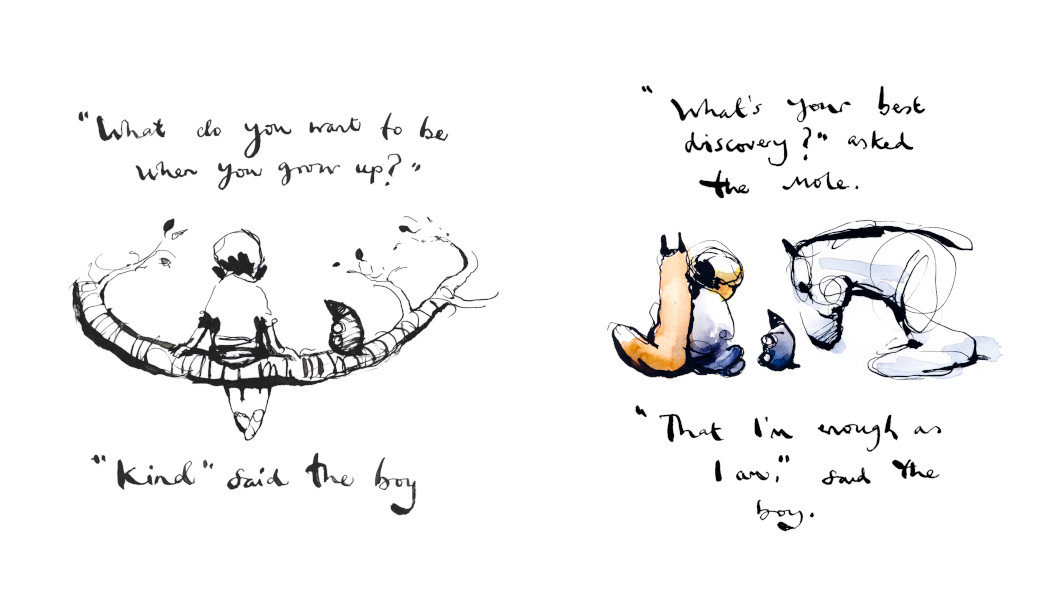
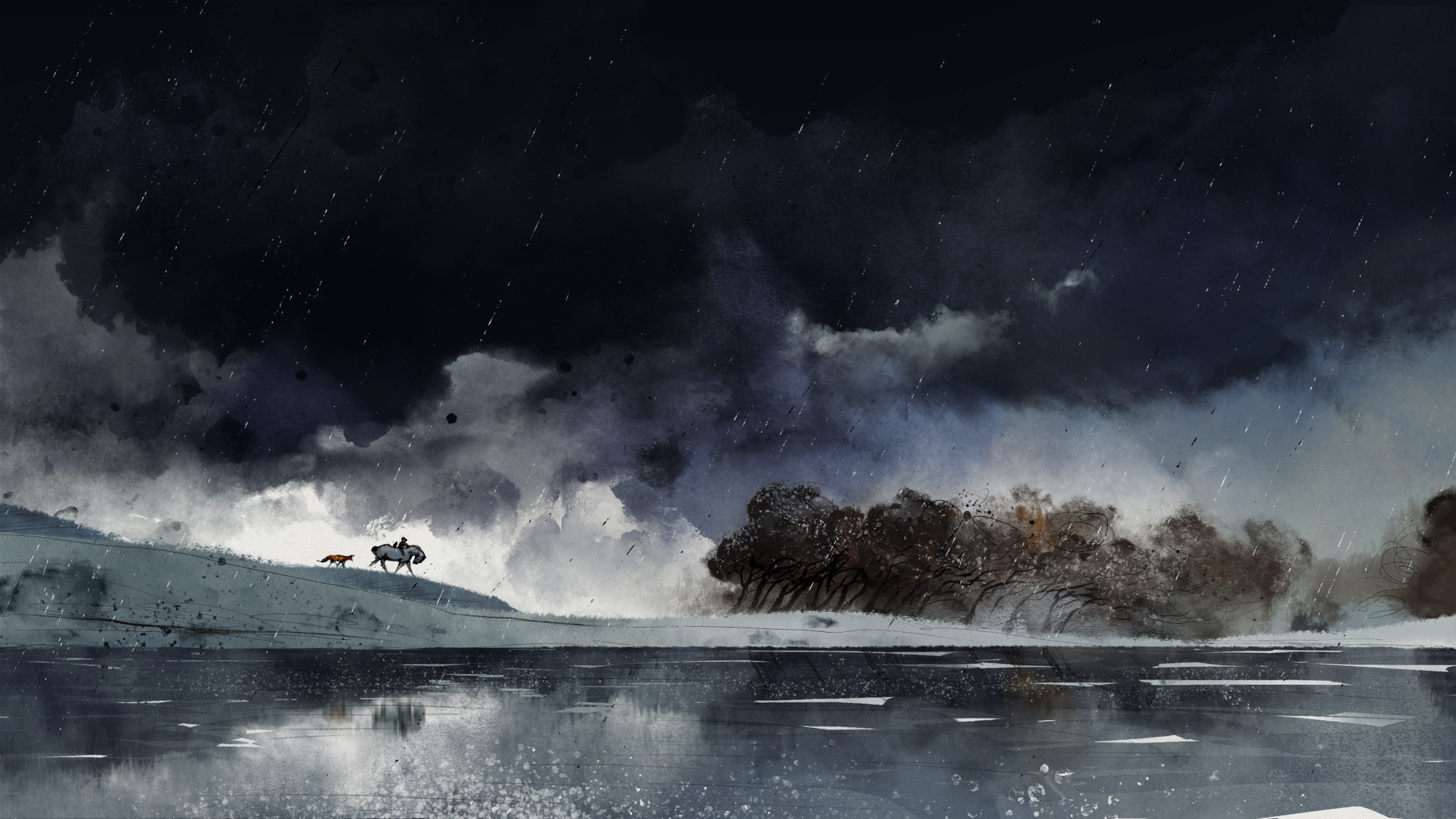
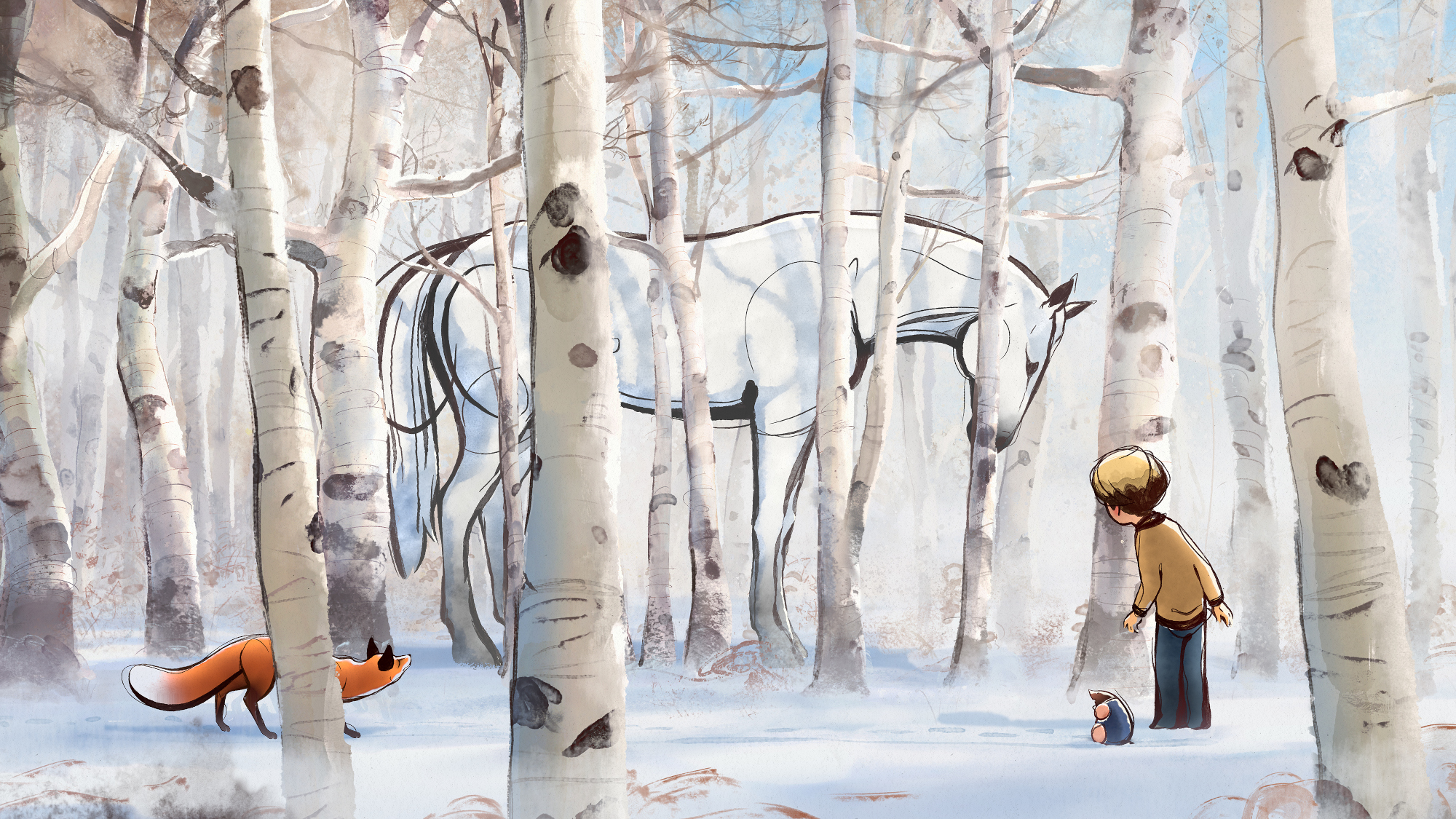
The Flying Sailor
Charlie Mackesy and Cara Speller (producer): We wanted to emulate the book, so the style of the film was as close to the look and illustrations within the book as possible. But we also wanted to develop it beyond the book and make it sort of cinematic and more immersive as an environment. The narrative is a tender and gentle story, so visually we wanted to make sure it was in keeping with that emotion. But we also wanted the world to build as the connections between the characters build through the film, so the visual style became fuller, richer, and more detailed as their relationships grew. We wanted to maintain the quietness and all the negative space in the artwork from the book and translate that into the film. It meant that we needed to keep moments of stillness, moments of pause for thoughts. It also meant that we changed the pace of the storytelling – so fewer shots and fewer cuts with more lingering on each landscape and environment. Not many camera moves. All of that came as a development from the book.
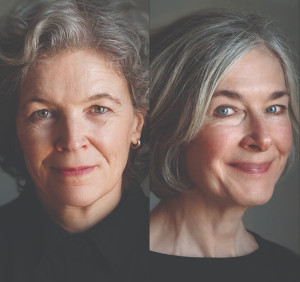
Having such a small and talented group allowed us to approach the characters quite freely. I wanted everyone to feel like they could allow their drawing style to come through, even outside of the genre sequences, in the loose rotoscoping process. I believe it brought a sense of abstraction to Pam that enhances the emotional aspect of it and helps us see her as a real and complex person. In designing the show, I wanted to build an inviting, painterly world that reflects the feeling of looking back at our teenage years, while still staying very present with young Pam in the moment. My hope is that the visual artistry of the film pushes forward the heart of the storytelling and underlines the more vulnerable aspects of it. This approach to having a certain genre represent each chapter made it fun and easy to develop a strong visual aesthetic for each one. Not only in terms of animation style but also colors, layout, camera work, music, and just general tone/mood that was all so helpful in strengthening the emotional ride of each chapter.
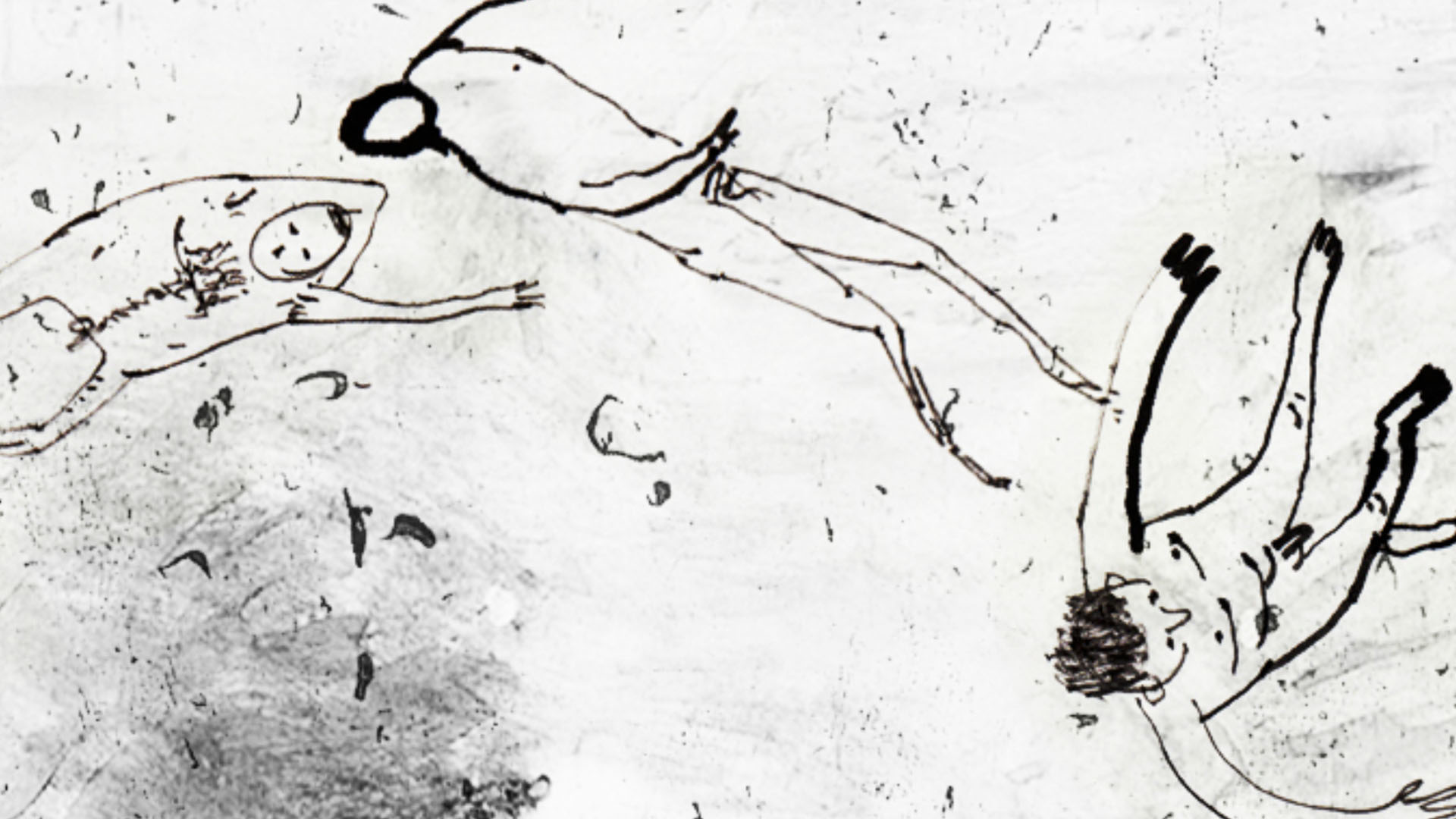
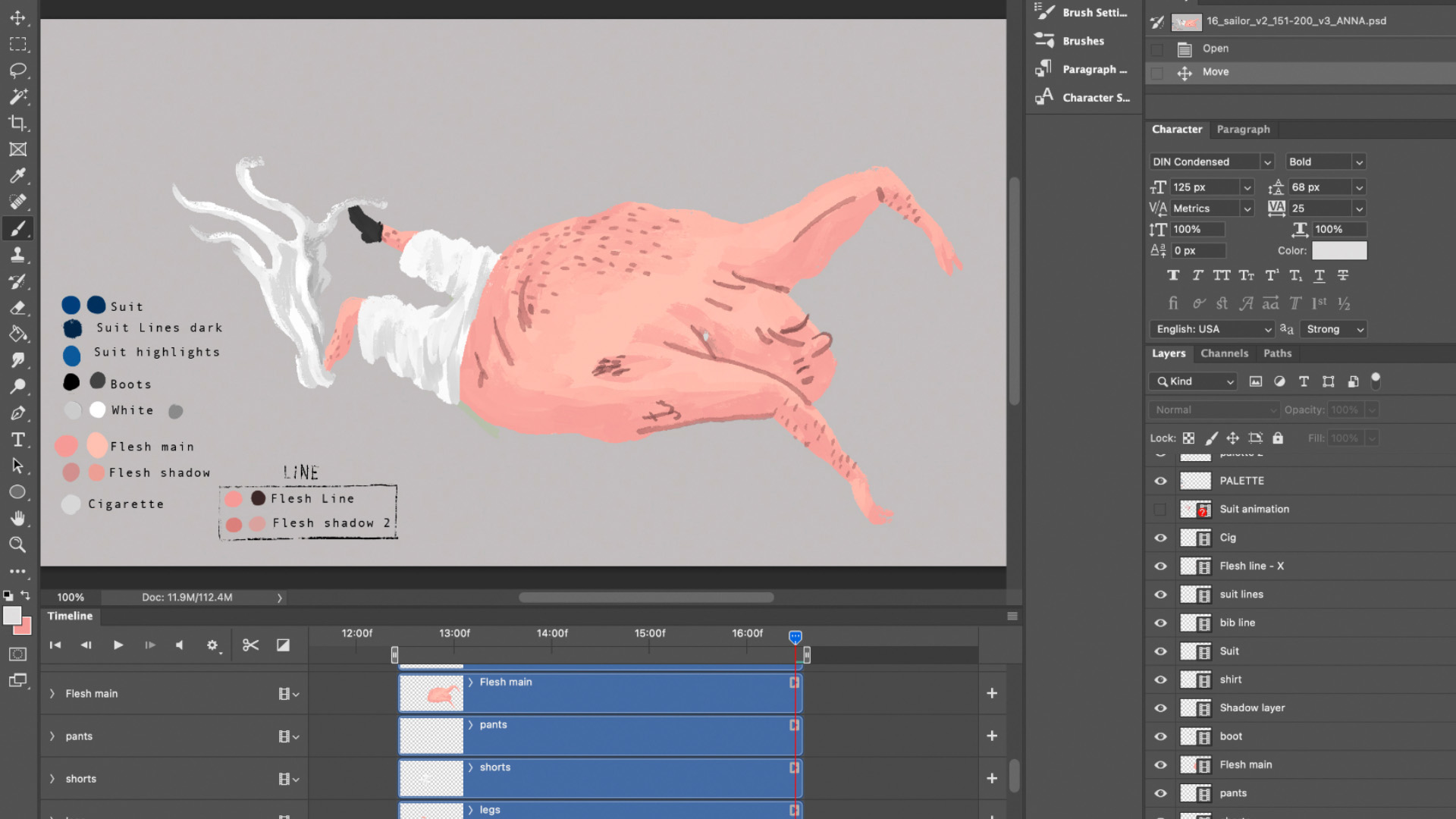

An Ostrich Told Me The World Is Fake And I Think I Believe It
We asked them to talk us through the development of their film’s overall visual style and explain how narrative influenced that development. This story complements our earlier stories, back when the shortlist was first announced, when we interviewed these same filmmakers about the inspiration behind their stories, what they learned when they made their films, and further dialogue about the graphic styling of their films.
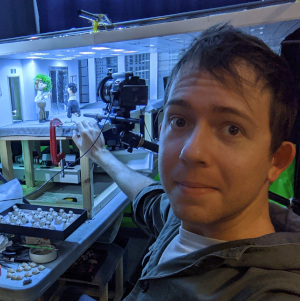
Voting for this year’s Academy Awards runs through Tuesday, March 7, with the awards ceremony to be held on Sunday, March 12.
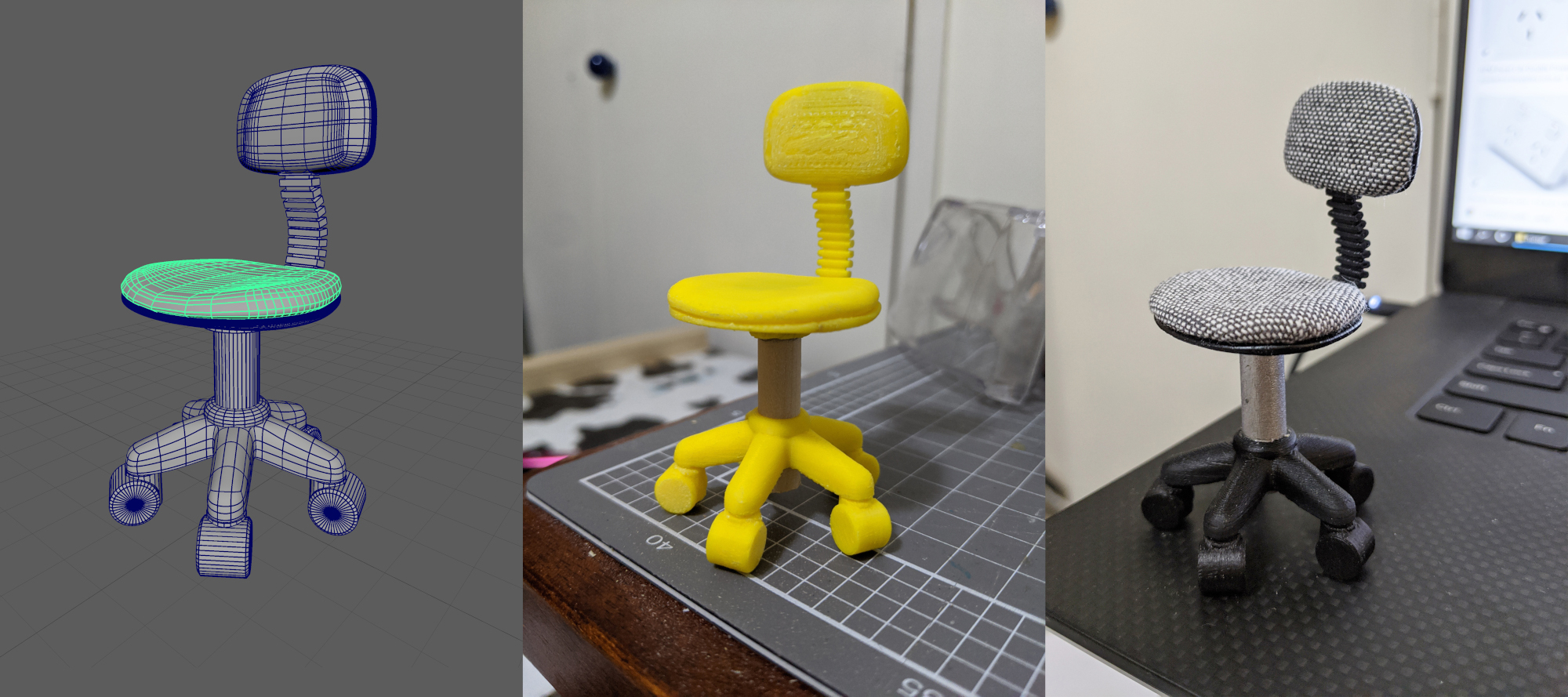
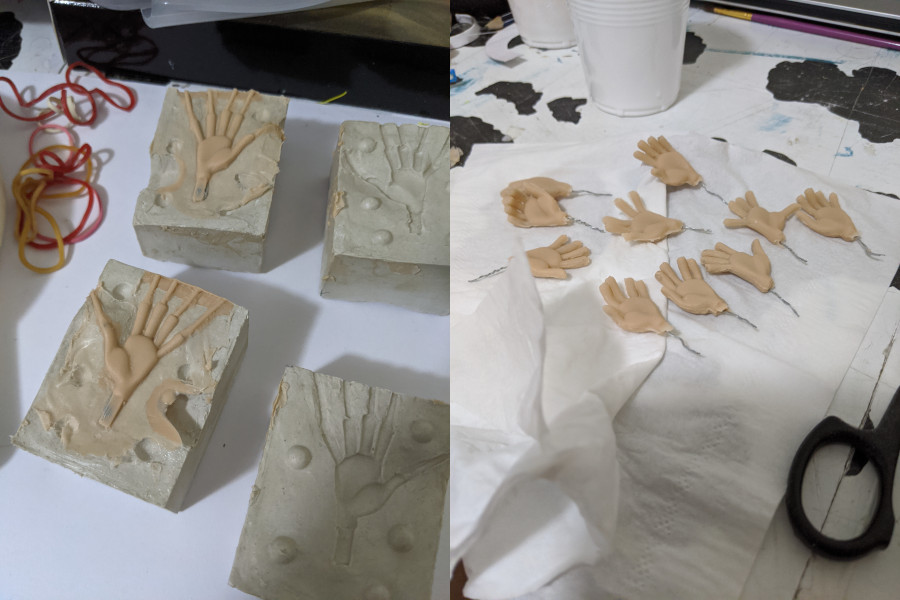

My Year of Dicks
Wendy Tilby and Amanda Forbis: To establish the shape and pacing of our story, we built our first animatic using all manner of drawings, painted abstract bits, and archival footage. We were attracted to the gritty, grainy realism of the photographic images and excited by the potential of a mixed-media approach to the film. There was one shot—an aerial view of a massive plume of smoke—that particularly inspired us, and it quickly became clear that if we were to capture the depth and ferocity of the blast, 3d was the way to go. With Maya artist Billy Dyer, we had great fun building a rinky-dink ‘model railway’ version of Halifax. We also kept a few of the live-action clips (and shot others), as they seemed to play well with the cg. The sailor was animated in cg but rendered in our usual 2d painterly style, as we wanted him to be distinct from all that smoky mayhem. Aesthetically, we were aiming for a hand-tinted vintage postcard look and there were plenty of After Effects shenanigans to knit everything together. The whole process was highly experimental and infinitely more complicated than we had first imagined!
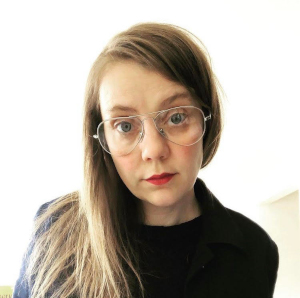
João Gonzalez: My film’s overall style is deeply influenced by the way I’ve always liked to illustrate in my graphic diaries. I have a big love for architecture, and for a long time in my life, I even considered pursuing it as a possible career path. So I was always interested in transposing that to my films, with the constant use of perspective and special attention to backgrounds. Strong dark shadows and limited color palettes were also something that I always loved, and my concern as a filmmaker is always to try to find a way of incorporating aspects that I like aesthetically in a way that benefits the film conceptually. When it comes to the use of perspective, I believe it was important to transmit the sense of vertigo and scale of the place where the father and son live. I think the shadows add a dramatic feeling that fits the film’s storyline. And when it comes to the film’s limited colors, it was very important for me to contrast the warm, more “human” and lively colors of both the characters and the house (reds, oranges, yellows), with the more “harsh” and cold colors (the dark blues and beiges) of the frightening environment in which they live.
Wendy Tilby and Amanda Forbis, directors

